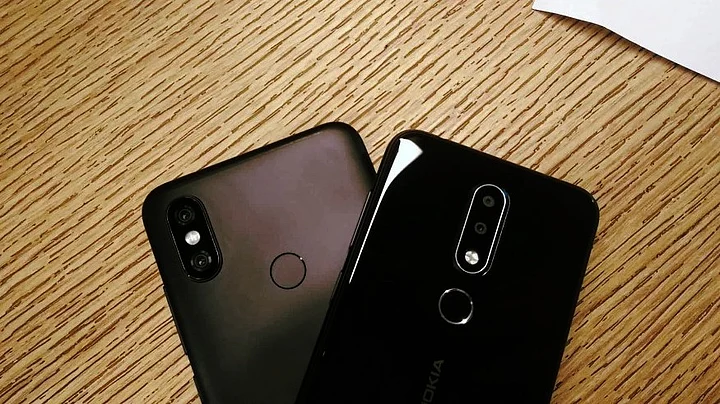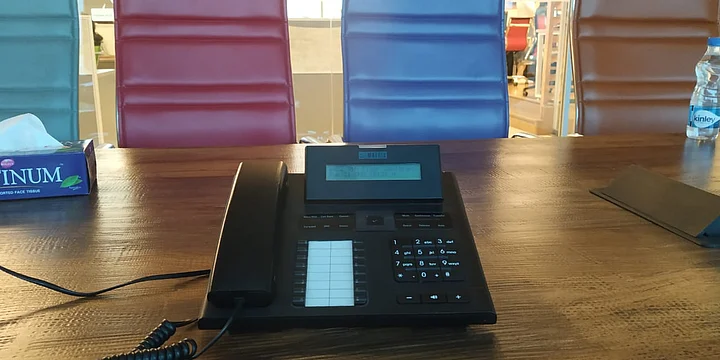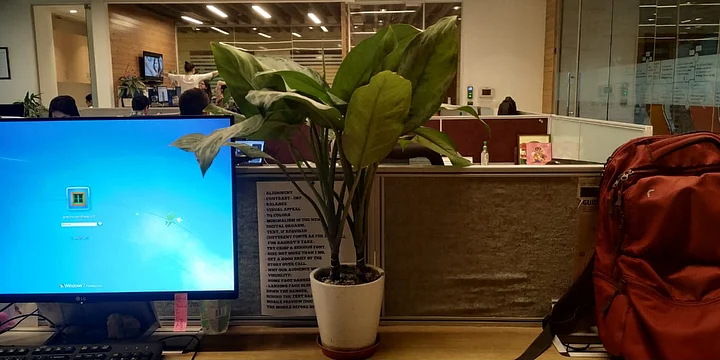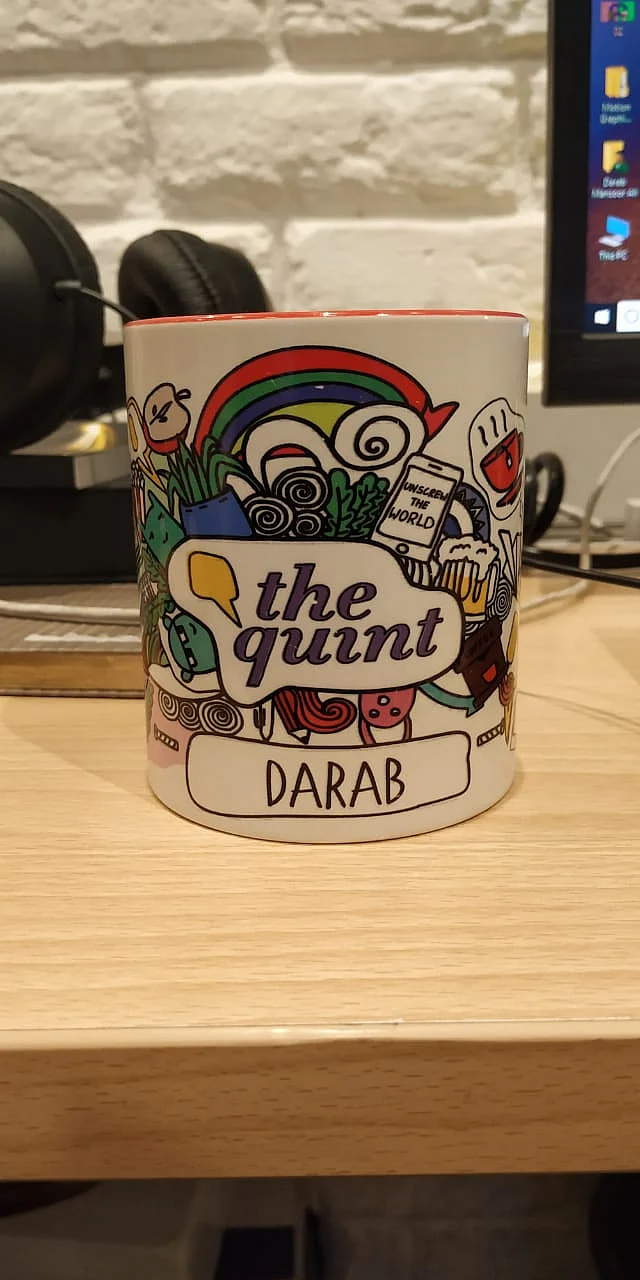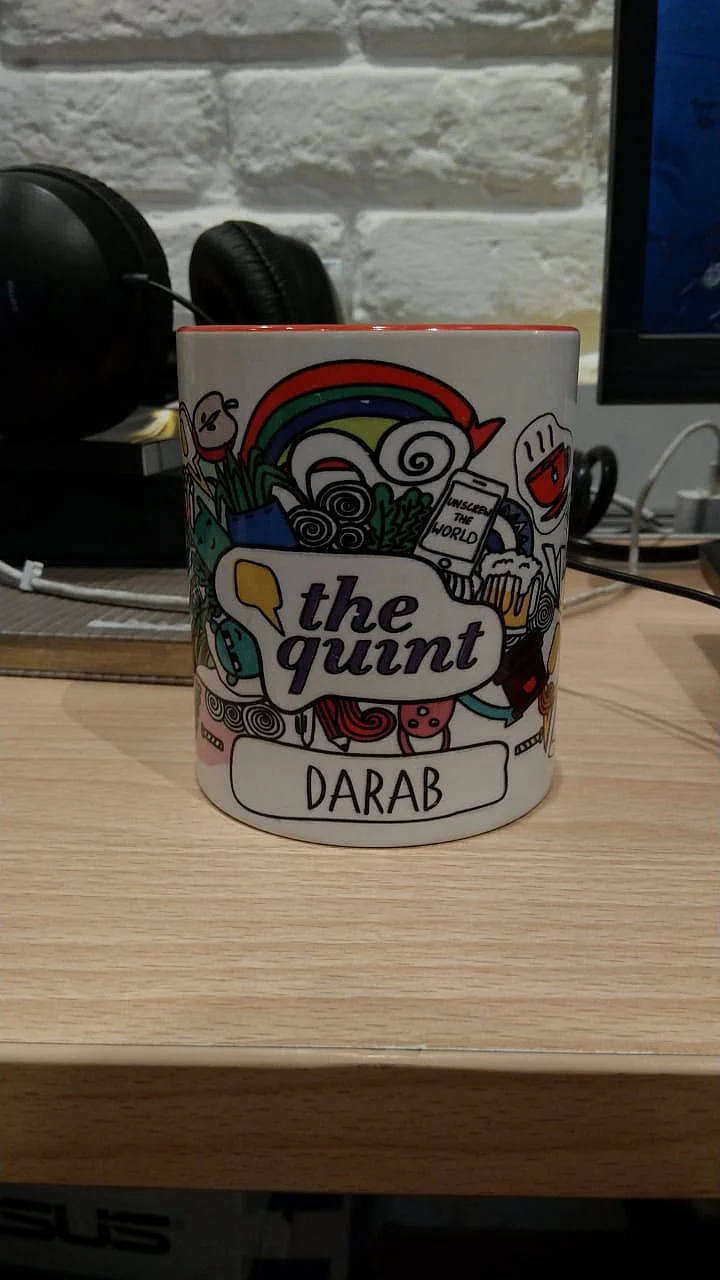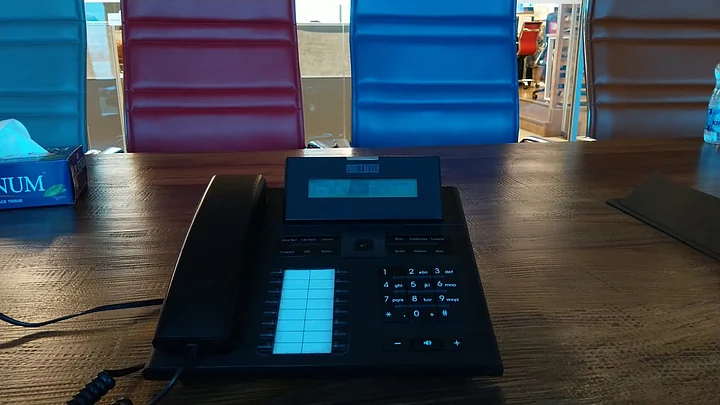Nokia 6.1 Plus has been launched this week for Rs 15,999, which means it competes with a host of devices like the Moto G6 Plus and Mi A2.
The latter one is what we’re pitting against in our latest comparison feature, as both; Mi A2 and the Nokia 6.1 Plus are Android One devices. Priced at Rs 16,999 and Rs 15,999 respectively, which one of the Xiaomi or Nokia phones should you be looking to buy? We compare the two, to find out.
Design
The Mi A2 is a good looking phone. It carries over the metal body from the previous Mi A1 and is much slimmer, only 7.3mm. The slim bezels and the curved screen make it look pretty good. The good (or perhaps bad, depending on your perspective) thing about the Mi A2 is that Xiaomi has not put a notch on the display.
At the back, the brushed metal finish and the vertically placed dual cameras look good. However, the camera unit is too bulky and pops out a bit too much. This can lead to the camera being damaged early as it will get more scratches.
The back looks a bit too plain as the size of the phone is on the larger side and there is nothing to fill the space except the dual camera and the centrally placed fingerprint sensor.
The Nokia 6.1 Plus on the other hand, carries everything that we’ve come to expect from HMD Global. The design and construction of the phone betrays its price tag, and we’ve got no complaints whatsoever in this department from this device.
The Nokia 6.1 Plus has got a notch on the front, at the top of the display, housing the front camera.
The phone is 8.5mm thick and weighs just 151 grams, making it easier to carry and use with a single hand. It gets a 5.8-inch form size, but you’ll probably feel it is much closer to being a 5.5-inch device. This is the benefit that phone makers get by going for a 19:9 ratio screen.
Display
The Mi A2 has a 5.99-inch full HD+ display with a 2160x1080 resolution. The display offers a decent experience. The 18:9 aspect ratio makes the viewing experience better and the display is crisp. However, the display is not extraordinary and does lack brightness when used in the sun.
The Nokia 6.1 Plus gets a 5.8-inch screen with a resolution of 2280x1080 pixels. It gets Corning Gorilla Glass 3 protection according to HMD Global with a screen-to-body ratio of 93 percent.
We found that the display projects sharp colours, and is high on brightness with decent outdoor visibility. The Nokia has the better display among the two phones.
Hardware & Performance
Hardware is the area where the Mi A2 impressed the most. The Snapdragon 660 Chipset, coupled with 4GB RAM performs smoothly. There is no lag in performance, even during extensive usage like gaming, the phone did not show signs of slowing down.
The stock Android experience courtesy the Android program results in smoother performance, and relief from over-stocking of bloatware.
The phone gets a USB Type C slot for charging. The 3010mAh battery, however, is just average. The phone runs about a day on one charge.
The phone also doesn't have an SD card slot, which means the memory is not expandable and at 64GB, it might not be enough for all kinds of users.
Another thing that we don't like about the Mi A2 is that it doesn't have a 3.5mm jack. This means you will have to carry a Type C to 3.5mm connector everywhere - and it's difficult to charge and listen to music at the same time.
This is where the Nokia 6.1 Plus looks to offset the impression that entry-level hardware cannot deliver performance. It packs an octa-core Snapdragon 636 processor, with 4GB RAM and 64GB storage, which is further expandable.
There’s a single speaker unit at the bottom, 3.5mm audio jack has been retained and you get basic connectivity features like Wi-Fi, Bluetooth and USB Type C for charging and data transfers.
Owing to its size and dimensions, the Nokia 6.1 Plus comes loaded with a 3060mAh battery, much smaller than its rival devices but should easily last through a day’s use.
Camera
The camera is also one of the areas where the Mi A2 excels. The 20 megapixel and 12 megapixel Sony sensors take great images. The colours are quite natural and the f/1.75 aperture on both sensors help in adding to the detail.
Even in low light, the camera takes good quality photos, with the AI helping in adding light and detailing.
The camera keeps all the features like portrait mode, manual mode, slow-motion videos and panorama among others. This time around, even the front camera sports a portrait mode and more.
The first set of mid-range phones from Nokia didn’t exactly deliver with its imaging prowess. Even in this case, the Nokia 6.1 Plus gets dual rear cameras with 16 and 5 megapixel sensors but we’re talking about apertures of f/2.0 and f/2.4 on each of them respectively.
Comparing to the Xiaomi Mi A2, with dual rear snappers and aperture of f/1.75 (best in the segment), the contrast in quality becomes evident. We’ll further test it out to give you a detailed review.
Even on that front you’re getting a 16-megapixel shooter and hopefully it’ll support software-based flash for shooting when the light is low.
The camera on both phones is quite good, but the Mi A2’s f/1.75 aperture gives you better-looking pictures.
How Do They Compare?
Design-wise, you’ve got to give it to the Nokia 6.1 Plus, it is probably the most good-looking phone in the sub Rs 20,000 segment right now. The Mi A2 is no ugly-duckling either, but what Nokia offers is refreshing.
Both are running stock Android out of box, so that evens up the stack. However, hardware differences show up marginally, where we tend to favour the Snapdragon 660 running on the Mi A2 over the Snapdragon 636 on the Nokia 6.1 Plus.
If there’s any feature that allows Mi A2 to stand out, it’s the camera. The details that you can capture, even in low-light are comparable to cameras that you’ll get on phones in the premium segment.
All in all, both are competent devices but carry their own strengths, if you’re in the market for a phone with a good camera, Mi A2 is your first choice. For everything else, Nokia 6.1 Plus is a solid alternative.
(At The Quint, we question everything. Play an active role in shaping our journalism by becoming a member today.)
